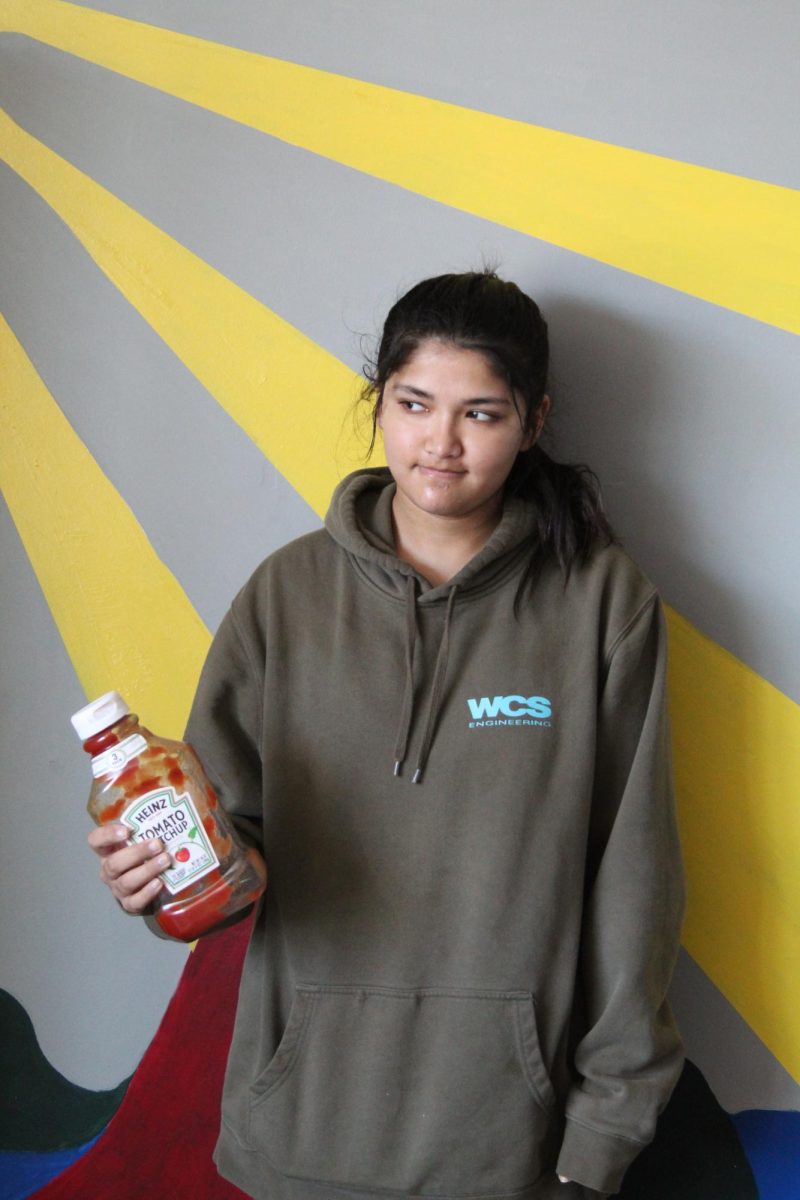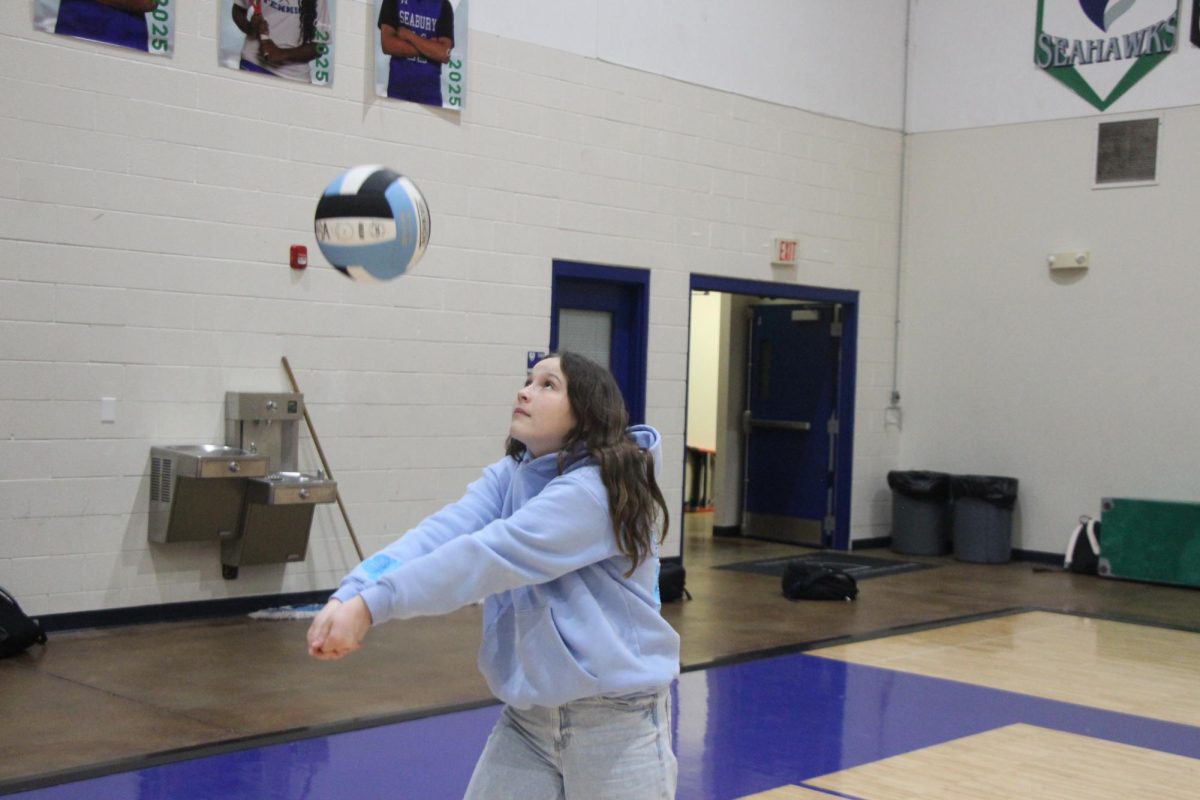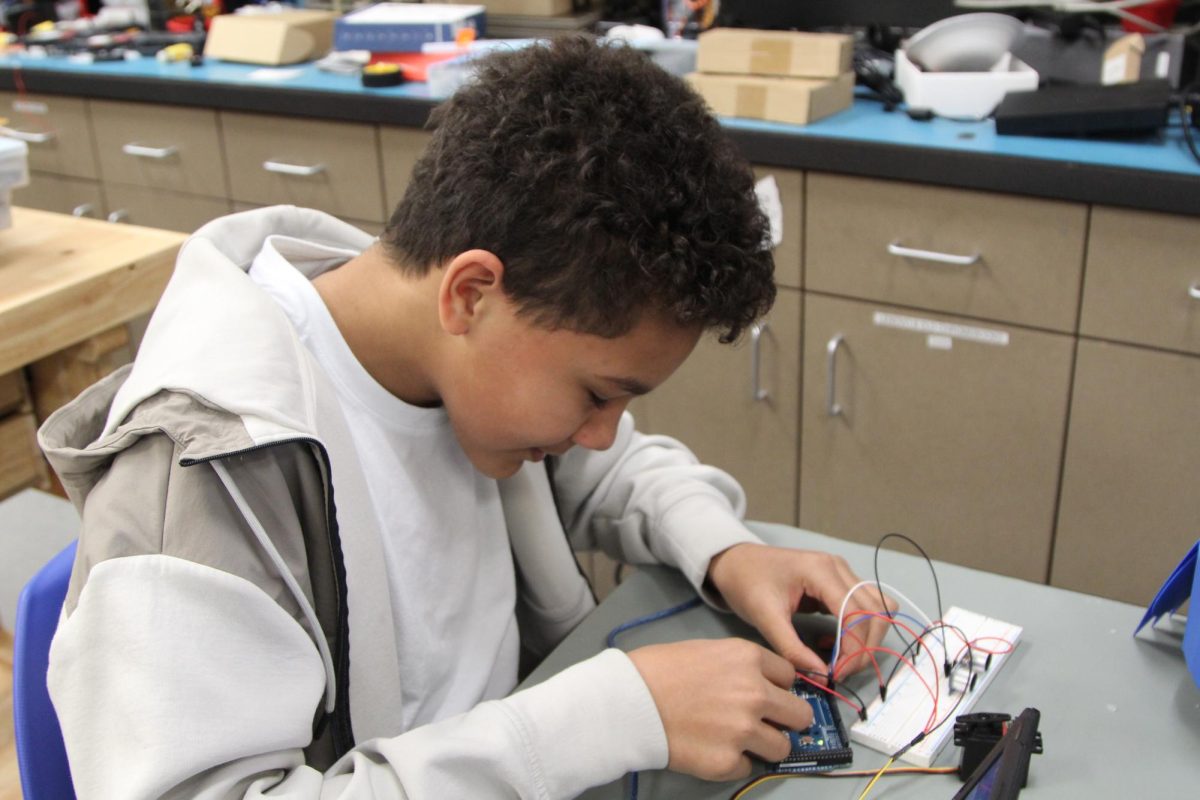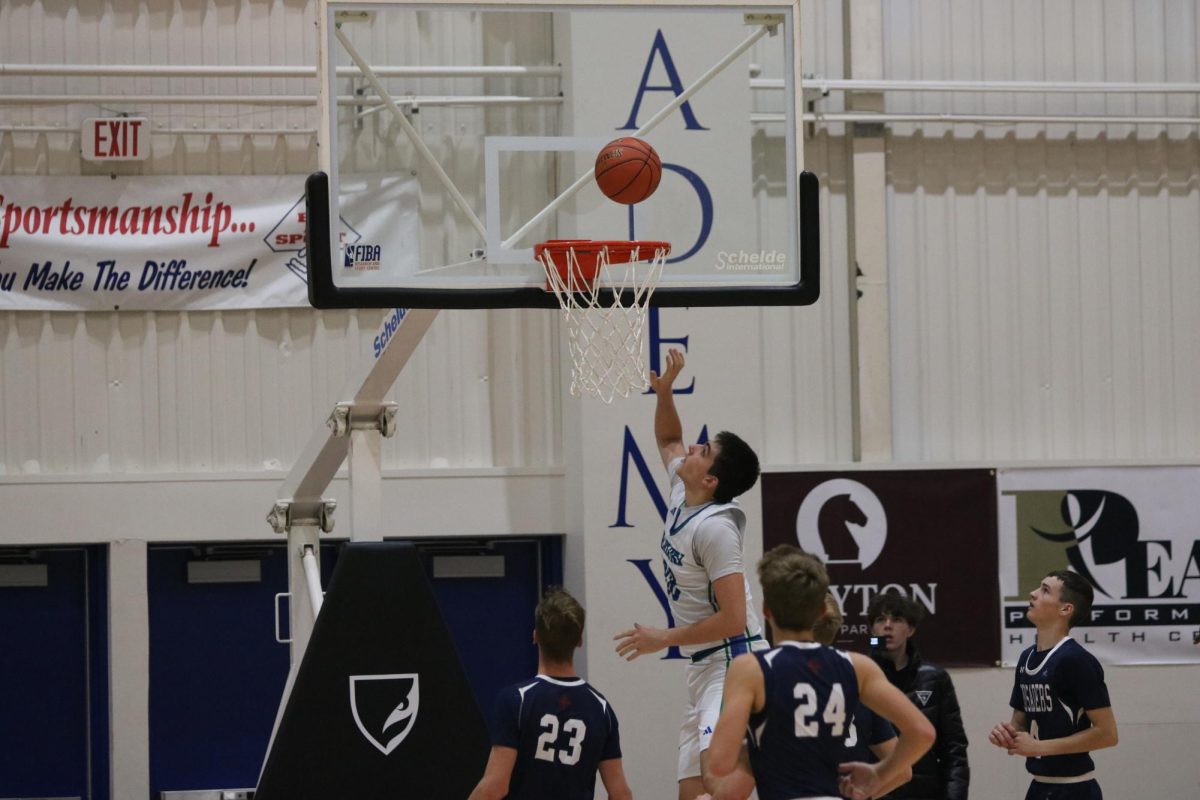As soon as the referee dropped the puck, players dropped their gloves. Within the first nine seconds of the 4 Nations Face-off game, three fights broke out between Team U.S.A. and Team Canada. Player by player entered the penalty box, greeted and congratulated by his teammates already doing time, the crowd passionately applauding his thrilling performance. Fighting is ingrained in the rules of ice hockey, and many fans and players alike look forward to the unusual ritual, but to what extent are participants, either on the bench or in the stands, amplifying the violence within sports culture?
Fighting inhabits a unique place in the rules and history of hockey. While the exact origin is unknown, many speculate that the loose rules of the past encouraged physical intimidation. Today, players usually fight to stand up for a teammate, create some energy or even to just have fun.
There is a specific protocol players must follow in order to fight; they must fight with bare fists, stop after the referees step in and take a five-minute major penalty. Every player adheres to an unspoken code of conduct by choosing like-sized opponents or being cautious of injuries, for example. Fighting is a rare display, though, and it is even rarer in tournament play.
Before anyone stepped into the rink for this match, though, tensions were growing. Team U.S.A. and Canada have been long-time rivals, usually with Canada prevailing due to their incontestable team born from superior hockey culture. This year, Team U.S.A. came out stronger than they have in years, bringing enthusiasm to the fresh 4 Nations Face-off tournament, which featured the best NHL players representing the U.S., Canada, Finland and Sweden. While this could have been just another meaningless competition, each team came in with an agenda: to prove their nation was the best.
The symbolic resonance of this tournament only grew with recent changes in U.S. foreign policy. With President Trump’s lofty ambitions to tariff Canada’s exports and allegedly annex them, it is understandable that Canadians were fired up to see representatives of the U.S. smashed into the boards. In the lead-up to gameplay, Canadian fans booed the American National Anthem, a sign of disrespect setting the rowdy tone for the game, culminating in the three shocking fistfights.
While civility and sportsmanship were certainly lacking in these displays, perhaps this was actually good for hockey and the U.S.’s relationship with Canada. While multiple fights in a hockey game are dramatic, their impact seems miniscule compared to violence that could have occurred on a larger national scale. In a space where hands are expected to be thrown, fights are monitored and officials always end up stepping in, this might be the best place for fighting to go down. Certainly, expecting total nonviolence and ignoring that fighting will occur is not the answer.
Hockey fans would say that fighting is exciting and integral to the game, but that might be part of the issue. The ancient Roman philosopher Seneca warns of the danger of crowds in Letter 7 of his “Letters to a Stoic.” He describes the crowd as a corrupting force, and advises limited exposure to them to protect an individual’s good character. Seneca saw this behavior in gladiator battles, and the modern day parallel seems to be contact sports. Many fans feel exhilaration watching smashing checks in hockey or brutal tackles in football. They rejoice at the pain of opponents and idolize their players inflicting it.
Thus, players are not only encouraged to continue these harsh practices, but to get better at them. Who would watch a linebacker’s mediocre tackle when they could see a quarterback get decked in a sack? Players are just as hungry as the crowd, with many adopting the “gladiator” mindset.
Violence is woven into the foundation of athletics, so to imagine a reality without them is impossible. However, what we should consider is how we view violence in sports and who we are when we do it. Seneca says when he encounters crowds, “I never come back home with quite the same moral character I went out with.” We must be sure to protect our own.









